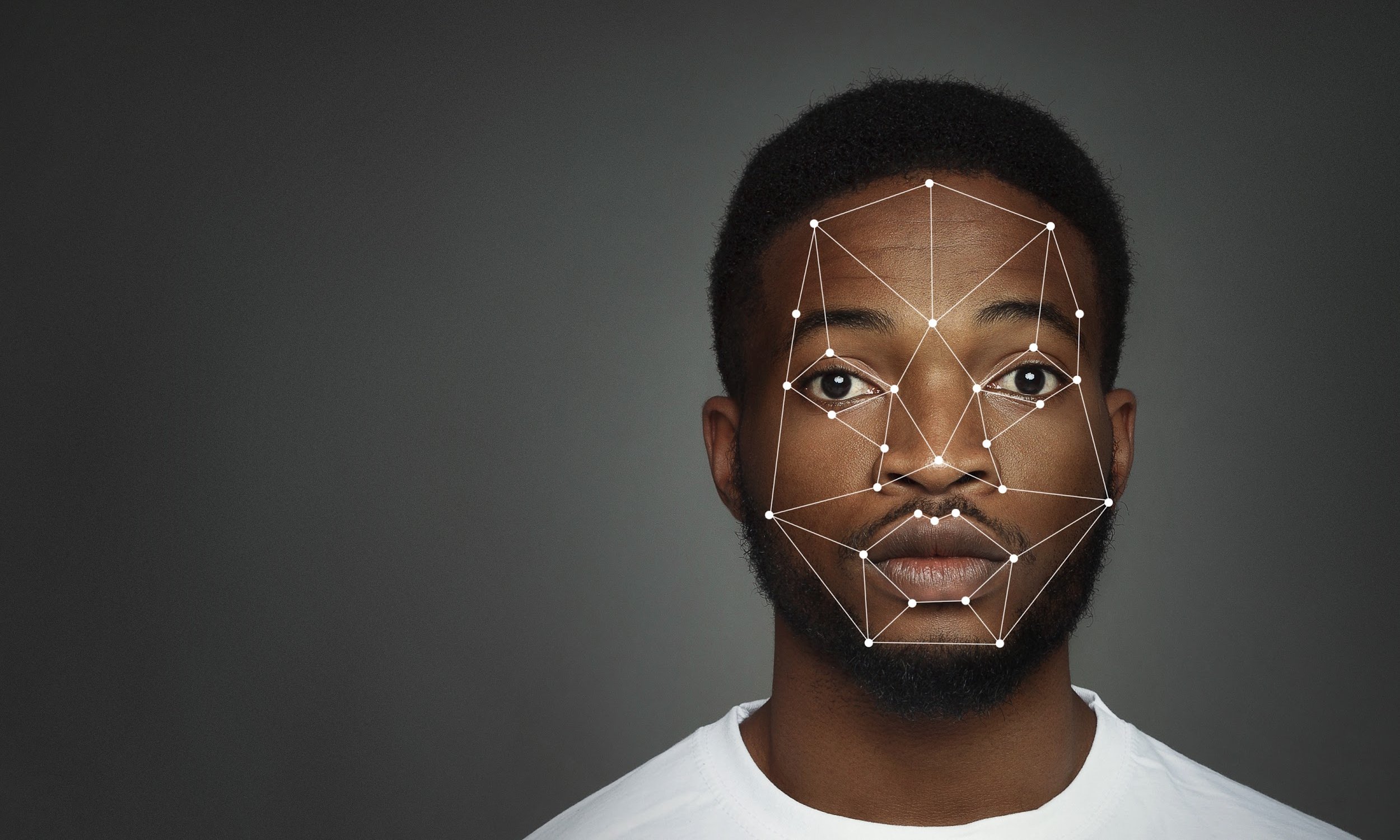Our thinking | Cybersecurity
Protecting what matters most to you
The world is changing at a fast pace with the rise of smart devices and emerging technologies. Organisations are accelerating their digital transformation initiatives to keep up with the demands of their always-connected customers.
As more and more organisations embrace digital transformation to improve their customer experience, they are uncovering new vulnerabilities across their organisations, no matter the size, industry or domain.
This has made it essential for leaders to closely manage the risks of digital transformation by improving their cybersecurity and digital governance to combat these new threats.
What is cybersecurity?
Cybersecurity is the practice of protecting data, devices, applications and networks from attacks over the internet, whether those attacks originate from inside or outside the organisation.
How cyber-attacks work
Cyber-attackers are becoming more innovative. They are always exploiting emerging weaknesses by looking for new ways to escape notice and evade defensive measures.
The main aim of cyber-attacks is to get customers’ personally identifiable information (PII) such as names, addresses, national identification numbers and credit card information.
Data breaches are a serious risk for organisations of all sizes. When PII is compromised, it can lead to a loss of employee or customer trust, regulatory fines and legal action.
As people and organisations are changing the ways they work by using remote access and cloud services more often, new threats are also emerging. Some of the evolving threats leaders should be aware of are:
Malware
This is the term used for malicious software variants such as worms, viruses, trojans and spyware that provide unauthorised access or cause damage to a computer. These attacks do not require users to download files.
Ransomware
Ransomware is a type of malware. When a system is infected, the ransomware locks down files, data or systems. It then threatens to erase the data or make it public unless a ransom is paid to the cybercriminals.
Phishing
Phishing is a type of social engineering that uses emails or text messages to trick a user into providing their own personal information or the organisation’s sensitive information.
Insider threats
Current or former employees, clients, partners, suppliers or anyone who has had access to your systems or network in the past can be considered an insider threat if they abuse their access permissions.
Distributed denial-of-service
A distributed denial-of-service attack is an attempt to crash a digital platform, server or network by overloading it with internet traffic. This is usually done from multiple coordinated systems.
Advanced persistent threats
In an advanced persistent threat, an intruder invades a system and remains undetected for an extended period. The intruder leaves networks and systems intact so that they can spy on the activities of the organisation.
Man-in-the-middle
The man-in-the-middle is an eavesdropping attack. Cybercriminals will intercept and relay messages between two or more parties in order to steal data.
Combating cyber-attacks
Organisations must develop an extensive cybersecurity strategy, governed by best practices, to fight cyber threats effectively and manage the impact of breaches when they occur.
A cybersecurity strategy should have layers of protection to defend against all cybercrimes. These include cyber-attacks that attempt to access, change or destroy data, extort money or disrupt operations.
Best practices should address:
Network security
How your computer systems, phone systems, printers, switches, modems and servers in a wired or wireless (Wi-Fi) network connection are protected.
Application security
How security features are added and tested to protect applications operating in your local servers and in the cloud.
Data security
How data is protected from unauthorised access, exposure or theft from a digital platform, digital technology or the cloud during processing or while in storage.
End-user education
How continuous security awareness is promoted across the organisation to strengthen end-user security.
Disaster recovery
Having the necessary tools and procedures in place to respond to unplanned events such as natural disasters, power outages or cyber-attacks.
Final thoughts
Leaders must implement strong cybersecurity measures to help their organisation reduce its vulnerability to cyber-attacks and protect its data and systems, without intruding on the employee or customer experience.
If you’re looking to move from where you are to where you need to be, get in touch with our consultants today to see how we can help you navigate your digital transformation journey.



